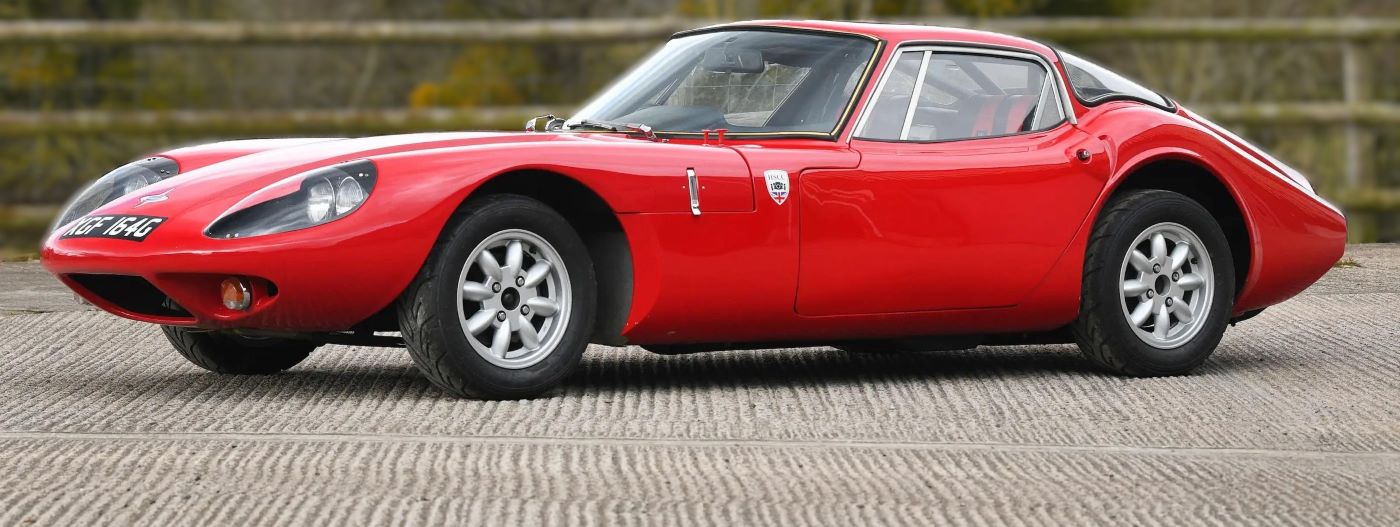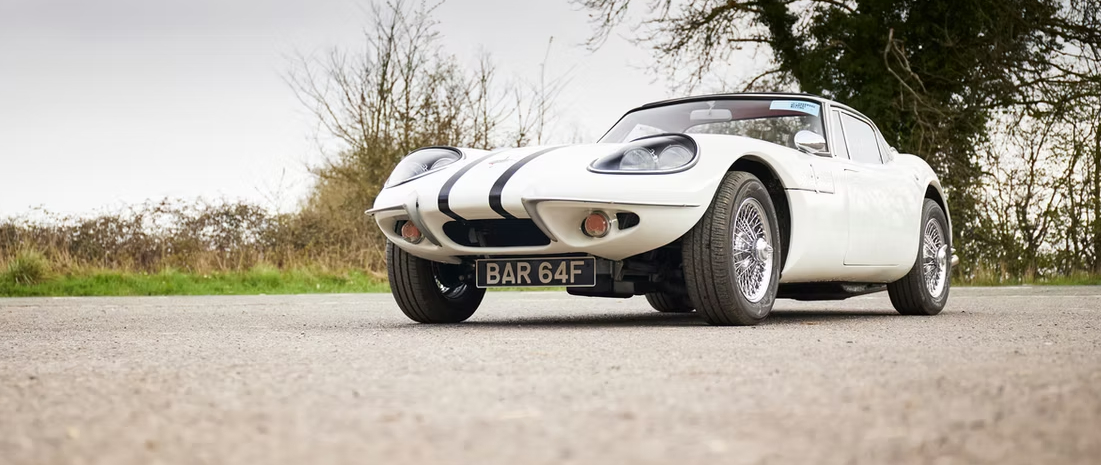
The Marcos 1600 GT was a lightweight British sports car built by Marcos Cars Ltd. in the mid-to-late 1960s, offering a blend of unique engineering and aerodynamic styling. It was one of the early road-going Marcos models and helped establish the brand’s niche appeal.
- Engine: Sourced from Ford, the same 1.6L Kent unit found in the Lotus Cortina and early Escorts, providing sprightly performance.
- Chassis: Used a wooden monocoque chassis (yes, wood!), which was strong, lightweight, and rot-resistant when properly sealed.
- Bodywork: Hand-laid fiberglass, styled by Dennis and Peter Adams — sleek, low-slung, and aerodynamic.
- Interior: Often bespoke, with wood dashboards, leather seats, and aircraft-style toggle switches.
- Handling: Excellent thanks to its low weight, independent suspension, and well-balanced chassis.
Marcos 1600 GT
| Specification | Detail |
|---|---|
| Manufacturer | Marcos Cars Ltd. |
| Production Years | 1967–1969 |
| Assembly | Westbury, Wiltshire, England |
| Engine | 1.6L inline-4 Ford Kent (OHV) |
| Layout | Front-engine, rear-wheel drive |
| Transmission | 4-speed manual |
| Body Style | 2-door fastback coupé |
| Chassis | Laminated marine plywood monocoque (early models) |
| Curb Weight | ~1,550 lbs (700 kg) |
| Top Speed | ~110 mph (177 km/h) |
| 0–60 mph | ~9 seconds |


Towards the latter end of 1967 the Marcos 1600 was introduced using the Ford 1600 crossflow engine, this became a very popular model, 200 cars were made at Greenland Mills between 1967 and 1969. Externally the 1600 was identical to the last of the1500’s. The new 1600 cross flow engine developed in the region of 100bhp, and being a standard engine was much more reliable than its predecessor the 1650. Other alterations to the 1600 included larger diameter front brake discs and bigger callipers.
Body changes were confined to the bonnet with a larger headlamp cover to improve lighting, and a raised centre section to incorporate the downdraft carburettor of the Ford engine. The 1600 was the first car in production to have a sunroof fitted as standard. The last six 1600 models were based on the 3 Litre body chassis unit. The differences between this and the earlier 1600 included a wider engine bay, new style doors incorporating chromed brass window frames and electric windows, a vastly improved door seal arrangement and a vinyl padded dashboard with rocker switches, but still retaining the 1600 style bonnet without the power bulge of the 3 Litre.

You must be logged in to post a comment.